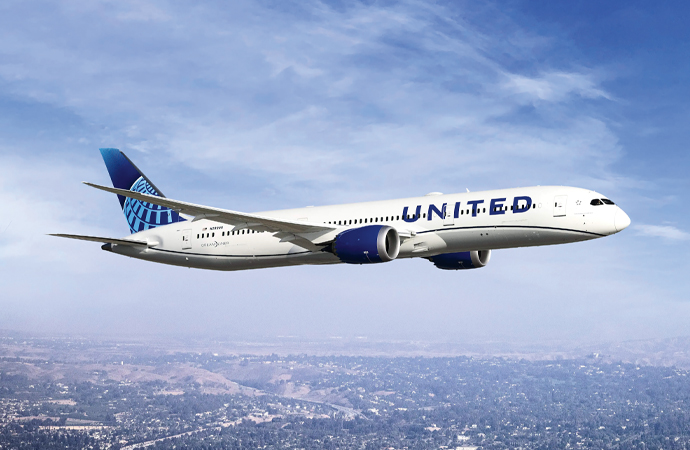Air Travel Reopens: U.S. and China Raise Weekly Flight Limits Amidst Demand Surge
Chinese airlines will be allowed to fly up to 24 flights to the U.S. each week from October 29th, while U.S. carriers will be permitted to operate the same number of flights to China
by Lauren Smith
August 16, 2023

Photo: Beijing International Airport. Courtesy of Lumi W / Unsplash
The U.S. and China will increase the weekly number of passenger flights permitted to fly between the two countries this fall, partially reversing the strict pandemic cap on arrivals.
From September 1, the U.S. Department of Transportation (DOT) will permit Chinese carriers to fly 18 round trips to the U.S. each week. DOT said the flights will “meet an anticipated increase in demand around the start of the academic year.”

Photo: China Southern, Boeing 787-9 Dreamliner. Courtesy of Scarbor Siu / Unsplash
The cap on Chinese passenger flight arrivals will rise to 24 roundtrip flights on October 29, double the currently permitted number of 12.
In return, the Chinese government has agreed to the same increase for U.S. carriers flying to China. However, industry sources suggest U.S. carriers won’t immediately take advantage of all the newly available slots.
Unlike many countries, China doesn’t participate in the Open Skies agreement that allows airlines almost unlimited leeway to add flights to their destinations, as long as landing slots are available at airports. Instead, air service to China hinges on bilateral agreements between countries.
Before the pandemic, the bilateral agreement between the U.S. and China permitted 150 roundtrip flights each way. However, with the outbreak of the coronavirus pandemic in 2020, China sharply curbed the number of weekly flights into the country.

Photo: United Airlines long-haul fleet includes the Boeing 787-8, -9 and -10 Dreamliner. Courtesy of United Airlines
The U.S. responded with similar restrictions. Until May 2023, the countries were permitting just eight flights each week between the countries. Operating under strict caps, both U.S. and Chinese airlines have focused on weekly departures to major cities: for example, United’s non-stop flight from San Francisco (SFO) to Shanghai (PVG) and Air China’s Beijing (PKX) to New York (JFK) service.
With China having eased quarantine requirements for travelers at the beginning of the year, consumer demand for travel between the two countries has increased. The two governments have now agreed to permit more air traffic between them.
The DOT attributed the new agreement to “consistent engagement by DOT and the State Department with Chinese officials.”
“Our overriding goal is an improved environment wherein the carriers of both parties are able to exercise fully their bilateral rights to maintain a competitive balance and fair and equal opportunity among U.S. and Chinese air carriers,” a USDOT official said.
The Chinese embassy in Washington D.C. stated: “Direct flights are essential for increasing mutual visits between Chinese and American peoples. We hope that the restoration of more flights will do good to the flow of people and trade between the two countries.”
Airlines have already responded to the lifted cap with plans for new and resumed flights. Air China applied to DOT last week for permission to add a new weekly flight between Beijing and Los Angeles (LAX).

Photo: Air China, Boeing 787-9 Dreamliner. Courtesy of Andrew Dawes / Unsplash
United Airlines said on Friday that it would resume flights from San Francisco to Beijing and relaunch its daily service from SFO to Shanghai.
Airlines for America, an industry body representing U.S. carriers, said it “supports the gradual reopening of U.S.-China air services commensurate with increases in passenger demand over time.”
However, flights between the U.S. and China’s East Coast will continue to be hampered by the need for American aircraft to avoid Russian airspace, with rerouting requiring ultra-long-range aircraft and fuel stops.
Chinese planes are permitted in Russian airspace, but on newly-approved flights to and from the U.S. have been avoiding it, according to data from the flight tracking website FlightAware.



